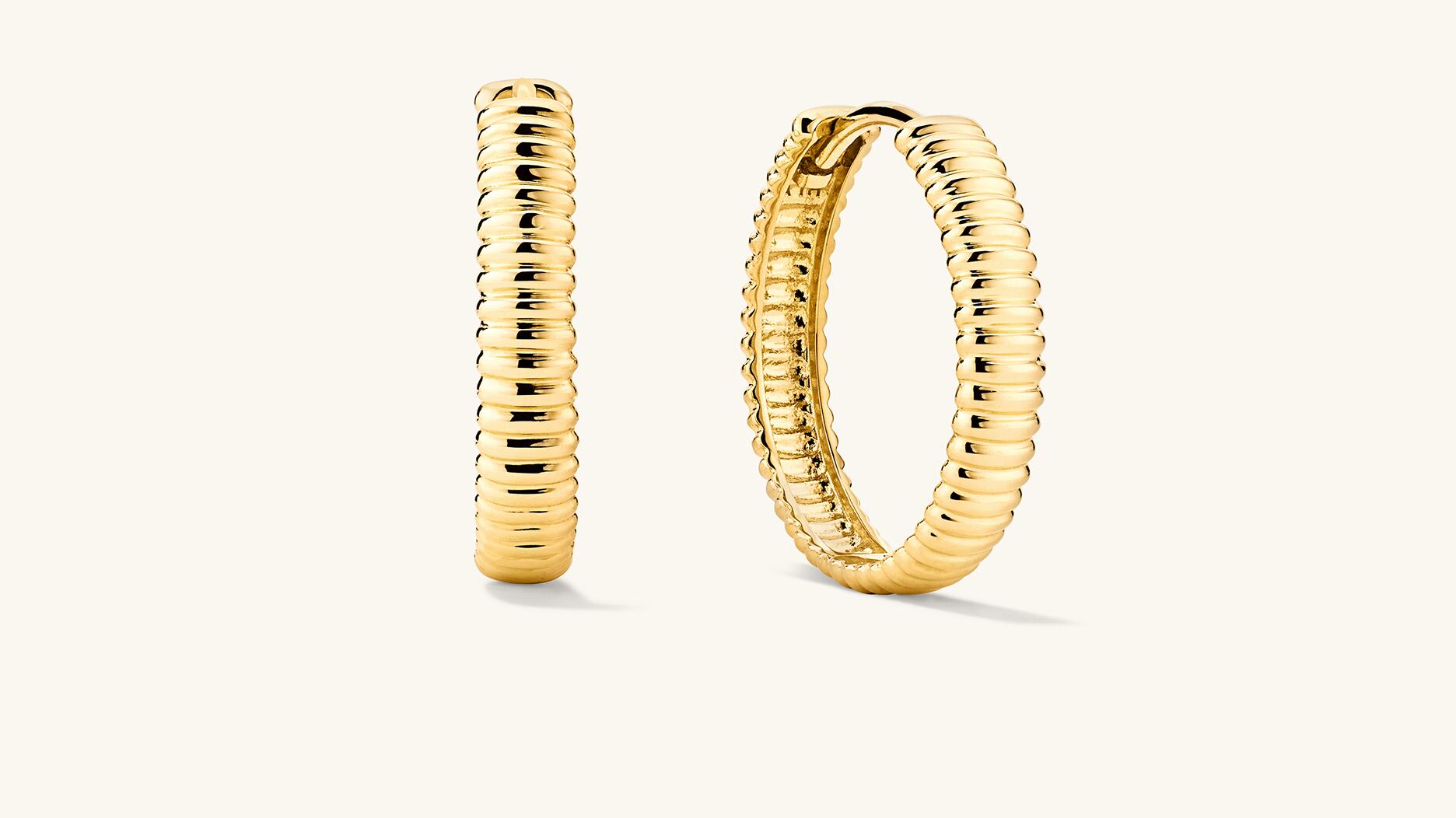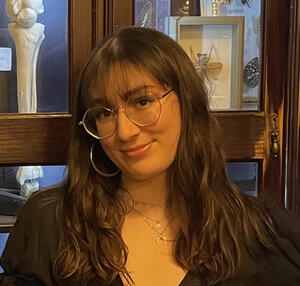EU Pushes Back Sept. 1 Diamond Traceability Deadline, US Yet to Act
The European Union has delayed its deadline for implementing a “robust” traceability mechanism for rough diamonds by six months.
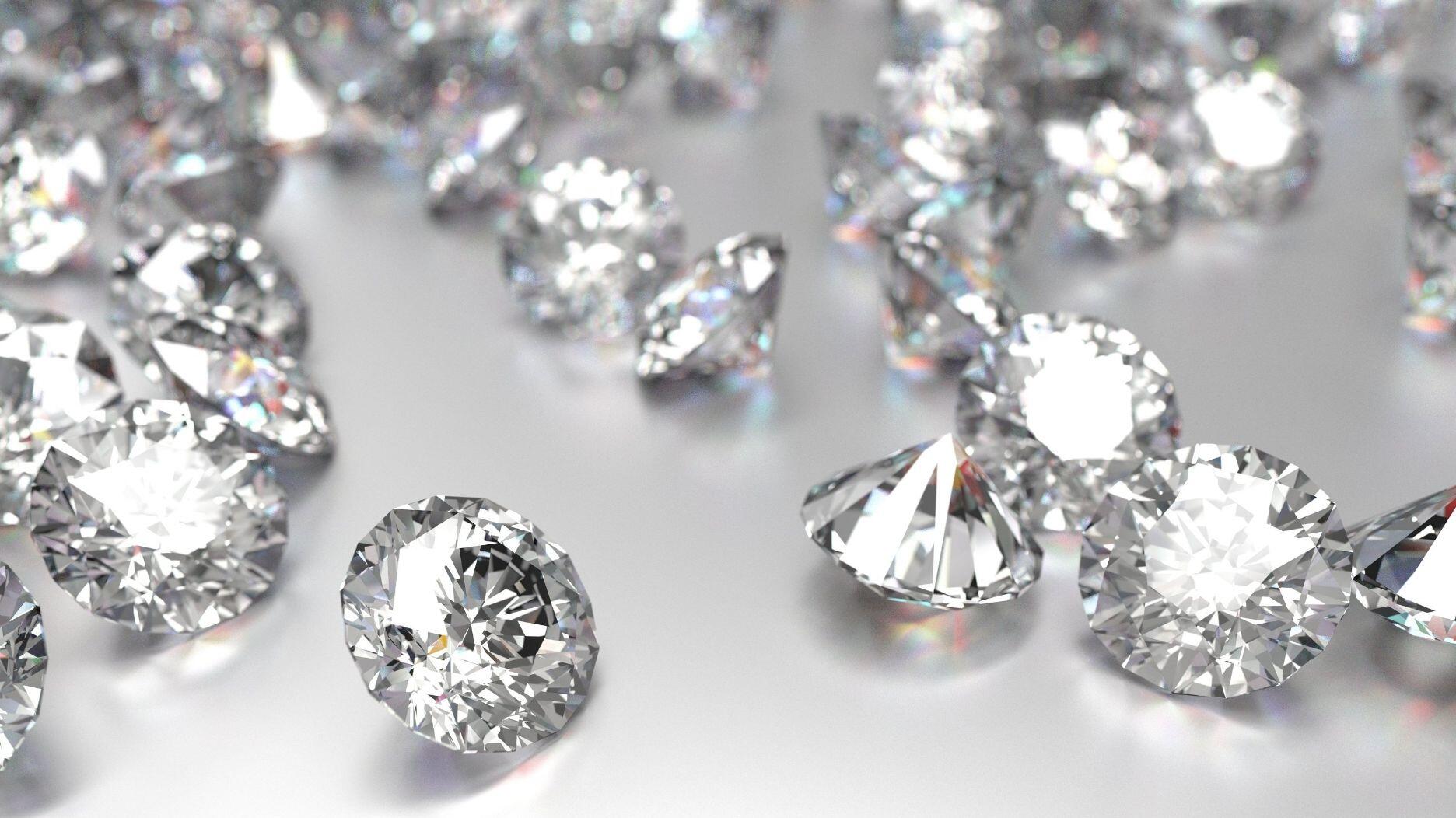
The announcement came Monday as part of a fresh round of sanctions on Russia intended to punish the country for its full-scale invasion of Ukraine in February 2022.
In it, the EU clarified that the ban on Russian diamonds does not apply to goods that were already in the EU or in a third country (other than Russia) before the ban went into effect, a measure referred to as “grandfathering.”
The EU’s Russian diamond ban took effect Jan. 1 for goods imported directly from Russia and extended to diamonds mined in Russia but cut and polished elsewhere on March 1.
In addition, the EU extended the “sunrise period” on full traceability on imports of rough and polished diamonds from Sept. 1 to March 1, 2025.
When leaders from the Group of Seven nations (G-7) issued their statement on Russian diamonds in December, they said that G-7 countries that are “major” importers of rough diamonds should establish a “robust traceability-based verification and certification mechanism” for rough diamonds by Sept. 1, 2024.
The six-month delay was expected, as the industry does not yet have a full traceability scheme in place.
The EU also said Monday it is postponing the ban on jewelry set with diamonds mined in Russia but cut and polished elsewhere and will allow “temporary” imports or exports of jewelry for trade shows or repairs.
Sara Yood, who just took over as president and CEO of the Jewelers Vigilance Committee, pointed out that while the EU’s decision addressed the issue of “grandfathering” and extended the sunrise period, it did not mention the pending drop in the 1-carat threshold for polished goods.
The G-7’s agreement to ban diamonds mined in Russia but cut and polished elsewhere currently applies only to diamonds weighing 1 carat or more. The carat threshold is set to drop to 0.5 carats beginning Sept. 1.
Yood said she expects that deadline to stand.
“JVC has been encouraging its members to prepare for these changes well in advance of their implementation dates,” she said.
“Although it is incredibly helpful to have this communication from the EU, we are still waiting to hear from the U.S. government if they will implement the same kinds of clarifications to their import ban on Russian diamonds cut and polished in a third country.”
She added that understanding the nuances for diamonds that were imported prior to the bans is “incredibly important” for the U.S. industry, as it addresses complicated areas like heritage pieces and repairs.
On Tuesday, leaders from the U.S. jewelry industry met virtually with State Department officials to discuss diamonds that were in G7 countries prior to the March 1 ban, one of the key issues an industry delegation, led by Jewelers of America, was lobbying lawmakers on during a visit to Washington, D.C. earlier this month.
Nothing was officially decided at the meeting.
The Latest

Said to be the first to write a jewelry sales manual for the industry, Zell is remembered for his zest for life.

The company outfitted the Polaris Dawn spaceflight crew with watches that will later be auctioned off to benefit St. Jude’s.

A buyer paid more than $100,000 for the gemstone known as “Little Willie,” setting a new auction record for a Scottish freshwater pearl.

Supplier Spotlight Sponsored by GIA.
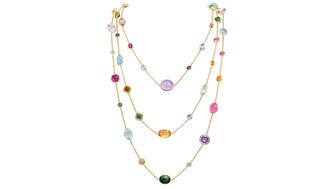
Anita Gumuchian created the 18-karat yellow gold necklace using 189 carats of colored gemstones she spent the last 40 years collecting.

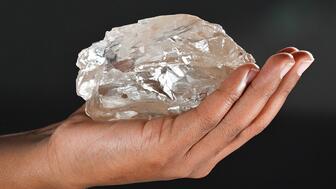
The giant gem came from Karowe, the same mine that yielded the 1,109-carat Lesedi La Rona and the 1,758-carat Sewelô diamond.
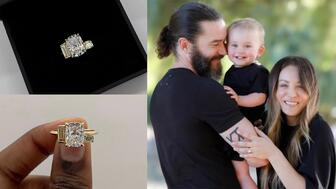
The three-stone ring was designed by Shahla Karimi Jewelry and represents Cuoco, her fiancé Tom Pelphrey, and their child.

Supplier Spotlight Sponsored by GIA
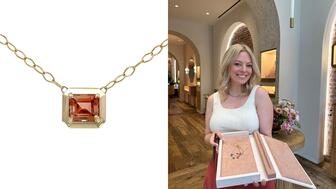
The Manhattan jewelry store has partnered with Xarissa B. of Jewel Boxing on a necklace capsule collection.
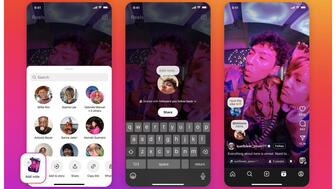
Acting as temporary virtual Post-it notes, Notes are designed to help strengthen mutual connections, not reach new audiences.
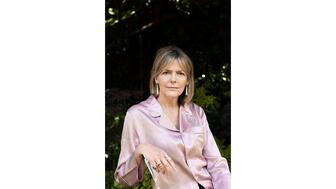
The jewelry historian discusses the history and cultural significance of jewelry throughout time and across the globe.
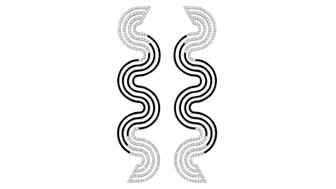
From fringe and tassels to pieces that give the illusion they are in motion, jewelry with movement is trending.

The designer and maker found community around her Philadelphia studio and creative inspiration on the sidewalks below it.
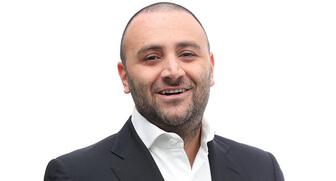
The change to accepted payment methods for Google Ads might seem like an irritation but actually is an opportunity, Emmanuel Raheb writes.

The industry consultant’s new book focuses on what she learned as an athlete recovering from a broken back.
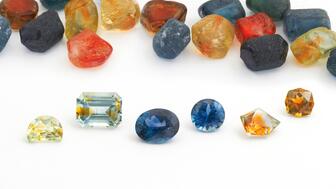
The fair will take place on the West Coast for the first time, hosted by Altana Fine Jewelry in Oakland, California.

Hillelson is a second-generation diamantaire and CEO of Owl Financial Group.
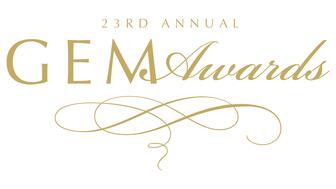
Submissions in the categories of Jewelry Design, Media Excellence, and Retail Excellence will be accepted through this Friday, Aug. 23.
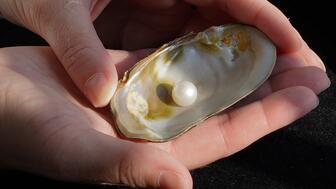
Known as “Little Willie,” it’s the largest freshwater pearl found in recent history in Scotland and is notable for its shape and color.

Clements Jewelers in Madisonville cited competition from larger retailers and online sellers as the driving factor.
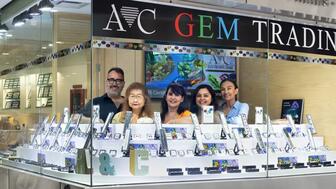
The gemstone company is moving to the Ross Metal Exchange in New York City’s Diamond District.

Most of the 18th century royal jewelry taken from the Green Vault Museum in Dresden, Germany, in 2019 went back on display this week.

The Pittsburgh jeweler has opened a store in the nearby Nemacolin resort.
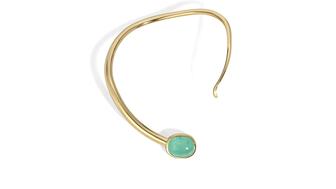
With a 40-carat cabochon emerald, this necklace is as powerful and elegant as a cat.

The Erlanger, Kentucky-based company was recognized for its reliability when it comes to repairs and fast turnaround times.
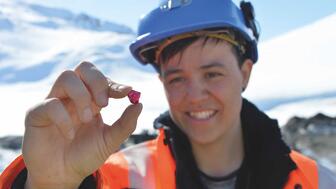
Unable to pay its debts, the ruby and sapphire miner is looking to restructure and become a “competitive and attractive” company.
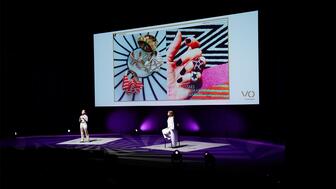
The trend forecaster’s latest guide has intel on upcoming trends in the jewelry market.









